详细说明
Assay Type
Solid Phase Sandwich ELISA
Format
96-well strip plate
Sample Type & Volume Required
100 µL
Range
3.91 - 250 pg/mL
Sufficient Materials
For five 96-well plates*
Specificity
Please see the
* Provided that the recommended microplates, buffers, diluents, substrates and solutions are used, and the assay is run as summarized in the Assay Procedure provided.
Ancillary Reagent Kit Available
DY008, DuoSet ELISA Ancillary Reagent Kit 2 -
This DuoSet ELISA Development kit contains the basic components required for the development of sandwich ELISAs to measure natural and Recombinant
Product Features
Optimized capture and detection antibody pairings with recommended concentrations save lengthy development time
Development protocols are provided to guide further assay optimization
Assay can be customized to your specific needs
Economical alternative to complete kits
Kit Content
Capture Antibody
Detection Antibody
Recombinant Standard
Streptavidin conjugated to horseradish-peroxidase (Streptavidin-HRP)
Other Reagents Required
PBS: (Catalog # ), or 137 mM NaCl, 2.7 mM KCl, 8.1 mM Na 2HPO 4, 1.5 mM KH 2PO 4, pH 7.2 - 7.4, 0.2 µm filtered
Wash Buffer: (Catalog # ), or equivalent
Reagent Diluent*
Blocking Buffer*
Substrate Solution: 1:1 mixture of Color Reagent A (H 2O 2) and Color Reagent B (Tetramethylbenzidine) (Catalog # )
Stop Solution: 2 N H 2SO 4 (Catalog # )
Microplates: R&D Systems (Catalog # ), or equivalent
Plate Sealers: ELISA Plate Sealers (Catalog # ), or equivalent
*For the Reagent Diluent and Blocking Buffer recommended for a specific DuoSet ELISA Development Kit, please see the product
Preparation and Storage
Storage
Store the unopened product at 2 - 8 °C. Do not use past expiration date.
Background: S100A13
S100A13 is an 11 kDa member of the S100 (soluble in 100% saturated ammonium sulfate) family of vertebrate EF-hand Ca2+-binding proteins. It is widely expressed as a homodimer with two 98 amino acid (aa) long subunits. Human S100A13 shares 83%, 90%, 91%, 87%, 78% and 47% aa identity with mouse, rat, cow, dog, opossum, and chicken S100A13, respectively. Like other S100 proteins, S100A13 is small and generally acidic, but contains a basic residue rich sequence at the C-terminus, and two EF hand motifs that bind with Ca2+ differing affinities.
Some S100 proteins, including S100A13, are able to bind the cell surface receptor for advanced glycation endproducts (RAGE). Despite lacking a signal sequence, S100A13 plays an important role in Cu2+-dependent export of FGF-1 (FGF acidic) and IL-1 alpha from the cell in response to stresses such as heat shock, anoxia and starvation. Binding of copper is necessary for formation of a multiprotein complex between S100A13, FGF-1 and p40 synaptotagmin1 (syt1). Cu2+ ions supplied by S100A13 are thought to oxidize and downregulate the activity of FGF-1 prior to export. calcium influx may also play a similar role in FGF-1 release from neuronal cells. With FGF-1 and syt1, S100A13 likely perturbs the membrane, which allows the S100A13 protein complex to exit the cell. S100A13 has been proposed as a marker for angiogenesis in tumors and endometrium, due to its role in stress induced export of FGF-1.
Entrez Gene IDs:
6284 (Human); 20196 (Mouse); 295213 (Rat);
Long Name:
S100 Calcium Binding Protein
Aliases:
S100 calcium binding protein A13; S100 calcium-binding protein A13protein S100-A13; S100A13







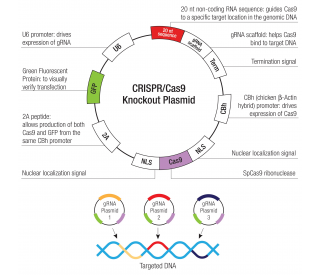
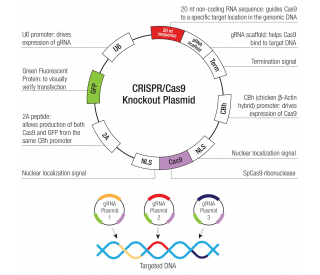
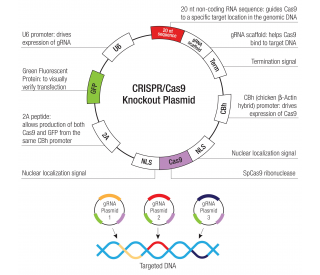
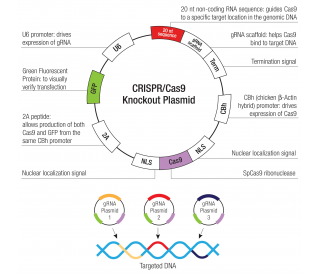
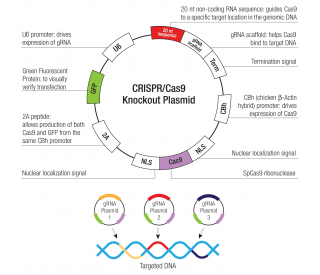
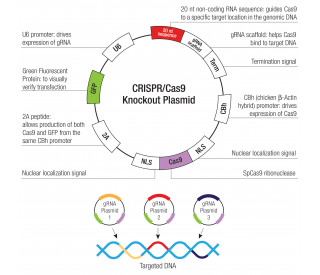




 粤公网安备44196802000105号
粤公网安备44196802000105号